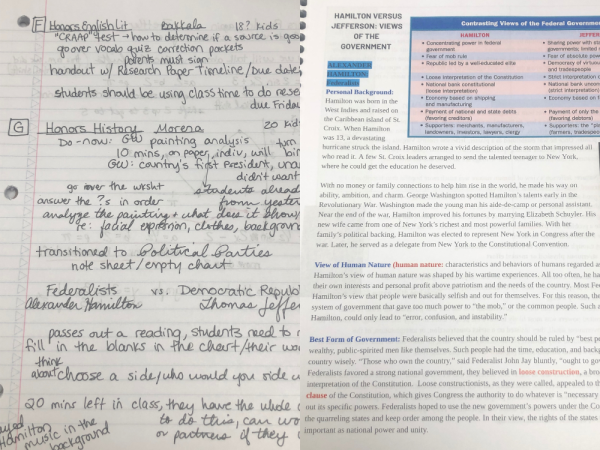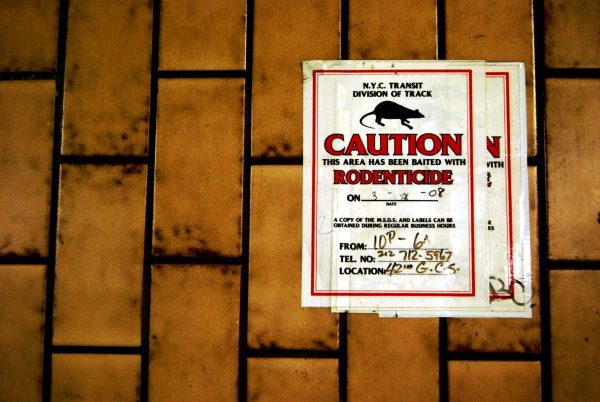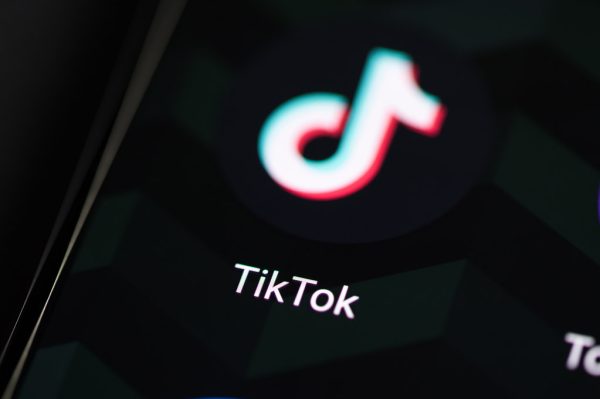Bemoaning college costs? It’s only getting worse
Wikimedia Commons/Creative Commons license
The cost of attending Boston College currently runs $65,620 per year with tuition, fees, room, and board.
Half a million dollars. A price tag that steep could cover the cost of a small mansion, a Rolls-Royce, or even a round-trip ticket to Mars. But in a couple of decades, it could also be the cost of private college tuition for babies being born today.
College students already face steep costs and many struggle with loan debt for decades after graduation. That’s bad enough, but just 18 years down the road could prove to be much, much worse.
According to a study conducted by The Vanguard Group, an investment management company, based on the average cost of tuition, fees, room, and board in 2014-2015 there is an assumed inflation rate of about 6 percent. By 2035, that’s $121,078 per year of enrollment, or $484,312 for one student attending a private college for four years, without financial aid.
But even students eschewing private schools for public ones will face a staggering bill: $216,280 for a diploma after four years.
Unfortunately, family income is not following this same inflationary trend and only increases at about half of that rate per year, sometimes less. This means that college tuition will only become more and more unaffordable and unmanageable for students and families.
“It’s kind of like taking out a mortgage, you know, before you even begin working,” said AMSA English teacher Martha Richardson, who will have two children attending college in the fall. “The thing that strikes me is the marketing that goes on with colleges. […] It’s more like a for-profit business than a sort of non-profit educational enterprise.”
The numbers bear out Mrs. Richardson’s concerns. In a report conducted in 2014, Hanover Research found that “[m]any universities have hired marketing professionals from the corporate world […] and have invested significant time and money to create strong institutional brands.”
The commodification of education has become an increasing phenomenon. As Mrs. Richardson said, “an undergraduate degree is the new high school diploma.” Schools are embracing corporate sponsorship and businesses have, in turn, pushed students to attend college.
A college degree has become a virtual requirement in order to survive and make a decent living. Reciprocally, students are pressured to attend university for the sake of their futures. Yet as the labor market has become increasingly more qualified, wages have gone down.
This has had a marked impact on students around the country, including those at AMSA.

Sen. Bernie Sanders of Vermont has crusaded to bring down the cost of attending college.
“[Tuition costs] can really form a student’s final decision,” Principal Ellen Linzey said. “For students who come from a family with limited resources [… ] 10 or 20 years is a long time to be saddled with debt.”
As a result of the growing pool of college students across all income levels, some lawmakers have been pursuing plans for tuition-free schools in response to outraged students and families calling for more affordable options.
Most notably, Sen. Bernie Sanders of Vermont made his idea of tuition-free public colleges and universities a cornerstone of his 2016 presidential campaign.
Perhaps it wasn’t surprising that, during primary season, Sen. Sanders captured 25 percent more of the vote from Americans under 30 than both President Trump and Hillary Clinton combined.
On Apr. 3, Sen. Sanders and Rep. Pramila Jayapal (D-Wash.) introduced legislation to make public colleges and universities tuition free for families with an annual income of $125,000 or less, constituting about 80 percent of the population. In addition, community college tuition would be entirely eliminated in the bill, the College For All Act.
With a Republican majority in both the House and the Senate, however, this legislation is unlikely to gain immediate traction, but Democrats are hopeful that voters will take up the cause and demand action and it can perhaps help spark Democrats to win back one or both houses of Congress in the 2018 midterm election.
Meanwhile, President Trump has yet to comment on student debt and the distending costs of attending university and he is unlikely to endorse plans for minimizing costs given his past sentiments.
Although this issue likely will not change soon on a nationwide scale, individual states have the potential to make significant progress. New York, for instance, has just launched the largest ever experiment in free tuition for working-class families.
Beginning in the fall, students from households earning less than $125,000 per year won’t have to pay tuition at public New York colleges.
This is a big step forward and follows a national trend–85 other local municipalities across the country have instituted similar policies, according to NPR.
In the meantime, Mrs. Linzey remains optimistic about the future for AMSA alumni, even for those struggling financially.
“You can get to wherever it is you want to go,” she said. “It can be done. It’s a lot of work but it can be done, if you put in the effort–heart, soul, and passion.”
Students would argue it shouldn’t also include an arm and a leg.

Asha is a sophomore and has attended AMSA since the 6th grade. She is a resident of Marlborough and, in her spare time, enjoys running long distance, creative...







